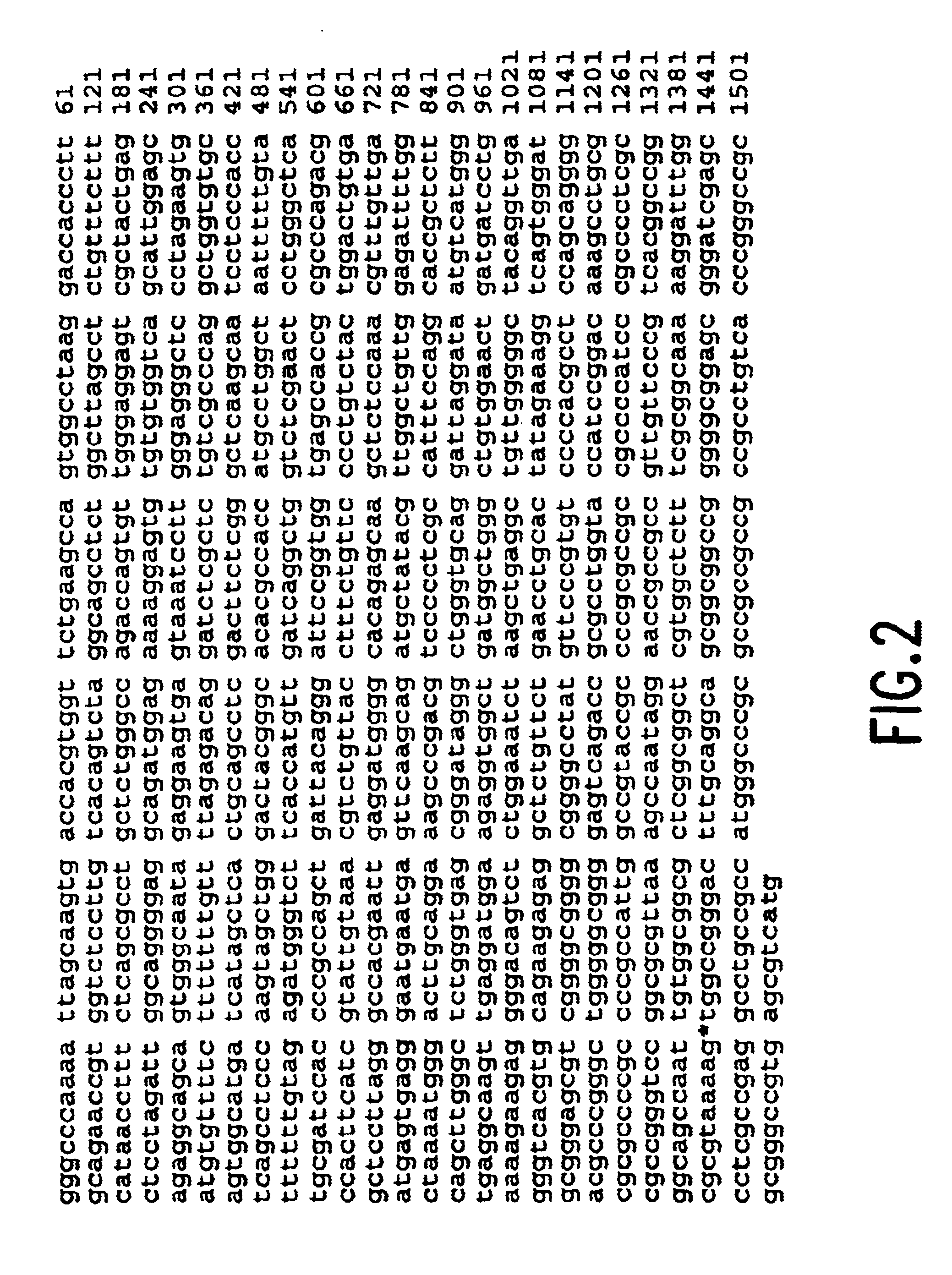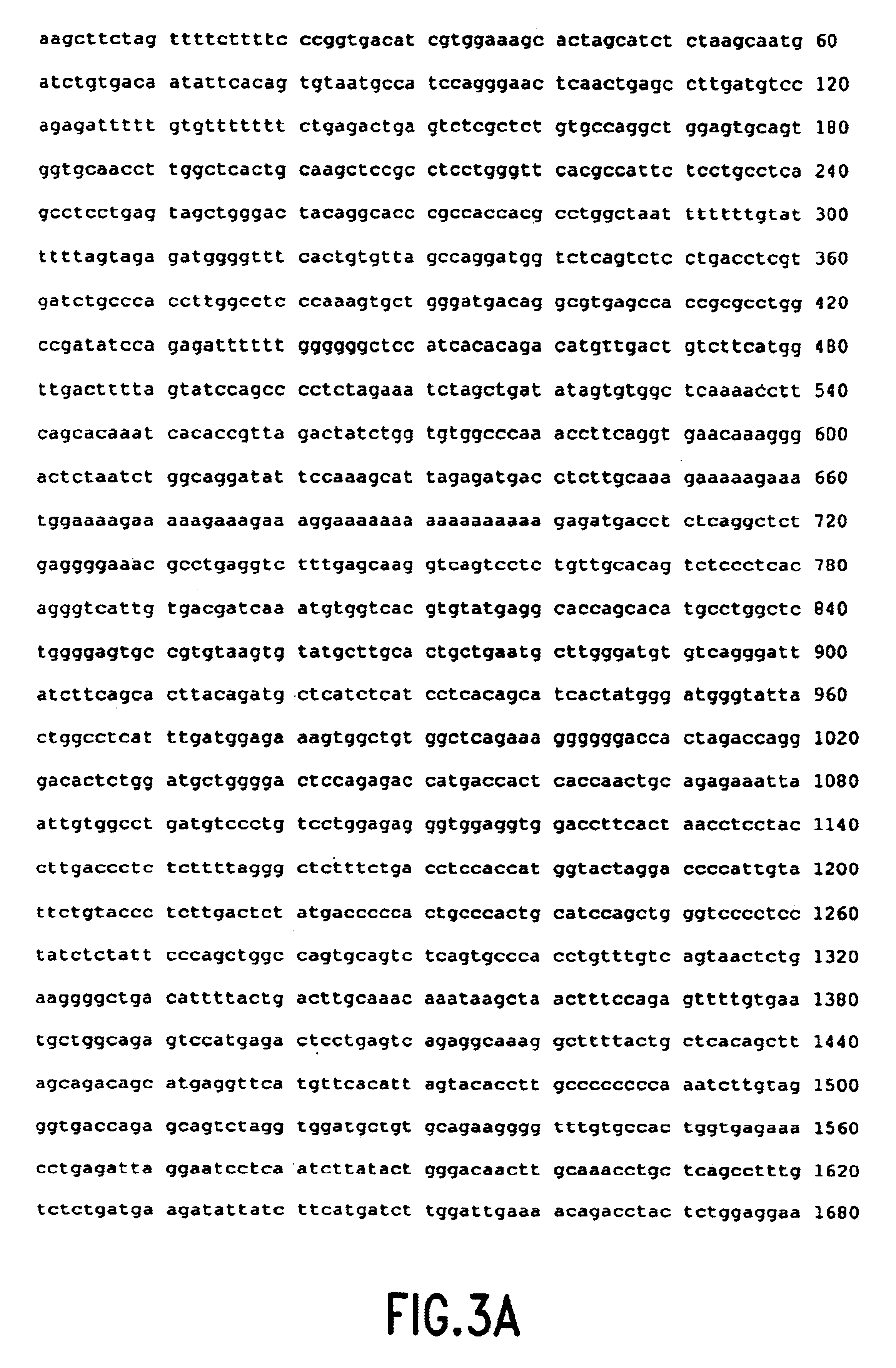Adenovirus vectors containing cell status-specific response elements and methods of use thereof
a technology of adenovirus and response elements, applied in the field of cell status-specific replication of adenovirus vectors, can solve the problems of pancreatic cancer virtually always fatal, difficult to eradicate, and significant failure rate of traditional clinical care, such as surgical resection, radiotherapy and chemotherapy
- Summary
- Abstract
- Description
- Claims
- Application Information
AI Technical Summary
Problems solved by technology
Method used
Image
Examples
example 1
Adenovirus Vector Comprising E1A Under Transcriptional Control of a Hypoxia Responsive Element and a PSA-TRE
General Techniques
[0161]A human embryonic kidney cell line, 293, efficiently expresses E1A and E1B genes of Ad5 and exhibits a high transfection efficiency with adenovirus DNA. To generate recombinant adenovirus, 293 cells were co-transfected with one left end Ad5 plasmid and one right end Ad5 plasmid. Homologous recombination generates adenoviruses with the required genetic elements for replication in 293 cells which provide E1A and E1B proteins in trans to complement defects in synthesis of these proteins.
[0162]The plasmids to be combined were co-transfected into 293 cells using cationic liposomes such as Lipofectin (DOTMA:DOPE™, Life Technologies) by combining the two plasmids, then mixing the plasmid DNA solution (10 μg of each plasmid in 500 μl of minimum essential medium (MEM) without serum or other additives) with a four-fold molar excess of liposomes in 200 μl of the s...
PUM
| Property | Measurement | Unit |
|---|---|---|
| temperature | aaaaa | aaaaa |
| concentrations | aaaaa | aaaaa |
| mass | aaaaa | aaaaa |
Abstract
Description
Claims
Application Information
 Login to View More
Login to View More - R&D
- Intellectual Property
- Life Sciences
- Materials
- Tech Scout
- Unparalleled Data Quality
- Higher Quality Content
- 60% Fewer Hallucinations
Browse by: Latest US Patents, China's latest patents, Technical Efficacy Thesaurus, Application Domain, Technology Topic, Popular Technical Reports.
© 2025 PatSnap. All rights reserved.Legal|Privacy policy|Modern Slavery Act Transparency Statement|Sitemap|About US| Contact US: help@patsnap.com



